Why is the Pay Per Sprint Model the Optimal Solution for Digital Projects?
From human days to fixed-price projects, we've learned dearly what works and what doesn't. Today, we're excited to share why the Pay Per Sprint model is the solution we prefer for us and our customers.
Men's Days
- They emphasize the time spent over the value delivered.
- They result in unpredictable costs and budget issues.
Fixed Price
- They lead to rigidity and conflict over changes in scope.
- They often result in compromises to meet budget constraints.
We switched to a model 𝗣𝗮𝘆 𝗣𝗲𝗿 𝗦𝗽𝗿𝗶𝗻𝘁, and it has transformed our operations and customer satisfaction.
Why the Pay Per Sprint Model Works
- Flexibility: Cancel at any time if the results don't meet your expectations.
- Transparency: Clarity of costs and deliverables with each sprint.
- Focus on Value: Emphasize results and quality over hours spent.
- Reduction of Administrative Overhead: Simplify budgeting and billing.
What Happens at the End of the Project?
.avif)
- Add a Sprint: Extend the project seamlessly with additional development sprints as needed.
- All-Inclusive Support: Opt for our full maintenance and support package.
- Technical Training Sprint: Train your staff for autonomous system management, ensuring long-term success.
We believe that the Pay Per Sprint model not only aligns with Agile principles, but also encourages innovation and continuous improvement.
Have you faced challenges with daily rates or fixed price projects? Which pricing models worked best for you?
For more insights on automation, AI, and NoCode software development, follow our blog!
Let's build a smarter and more efficient future together. 🚀
💡 Our opinion:
The Pay Per Sprint model represents a significant breakthrough for companies that want to improve digital project management. For companies that strive for continuous innovation, this methodology can make a difference.
To make project management even more effective, it is useful to integrate visual tools such as flowcharts and swimlane diagrams. These tools can improve the clarity and efficiency of work processes. Find out how to best use them by reading our article: Flowcharts: what is it and how to use Swimlane diagrams.
📚 Key take-aways:
- The Pay Per Sprint model offers flexibility, transparency and focus on value.
- It reduces administrative overhead and simplifies budgeting.
- It aligns with Agile principles, encouraging innovation and continuous improvement.
Whether you're a small business or a large company, consider working with partners that offer a Pay Per Sprint model to optimize your processes. If you're interested in this approach, discover our method Of work!




.avif)


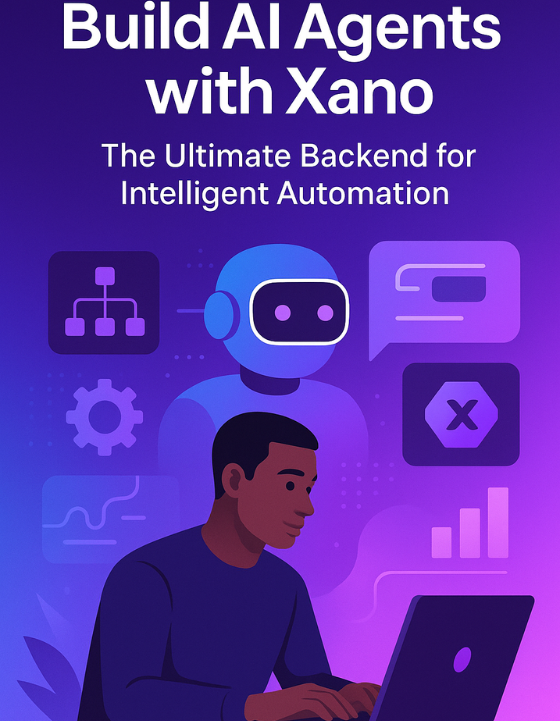
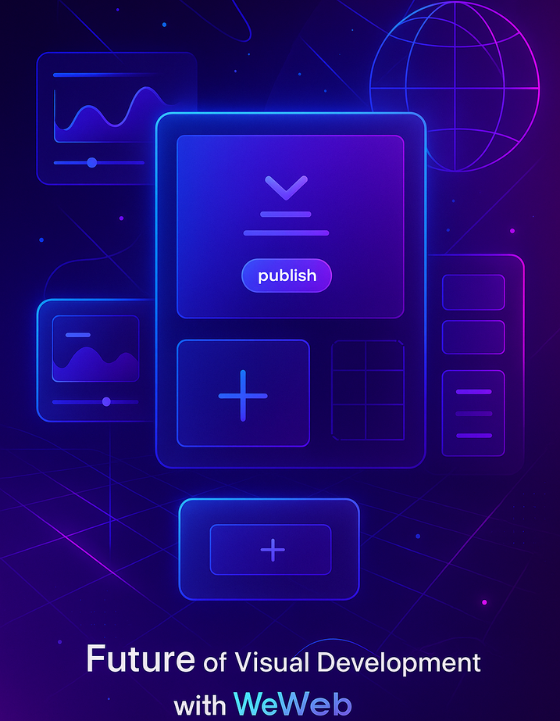
.png)
.png)
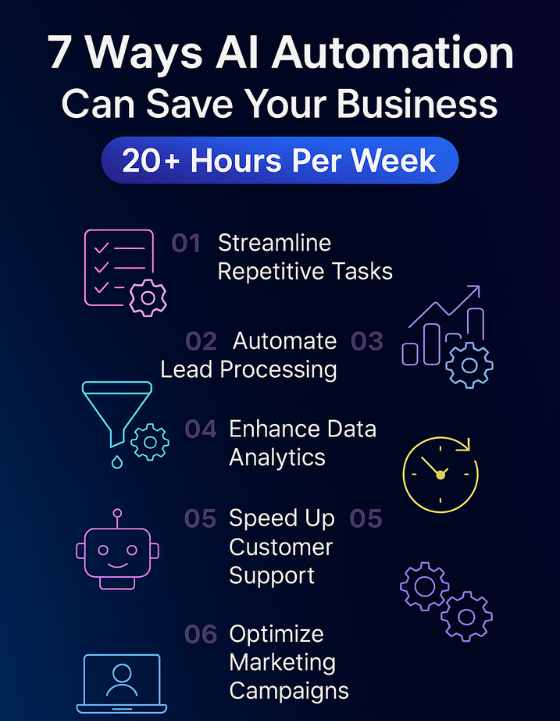
.jpg)
.jpg)
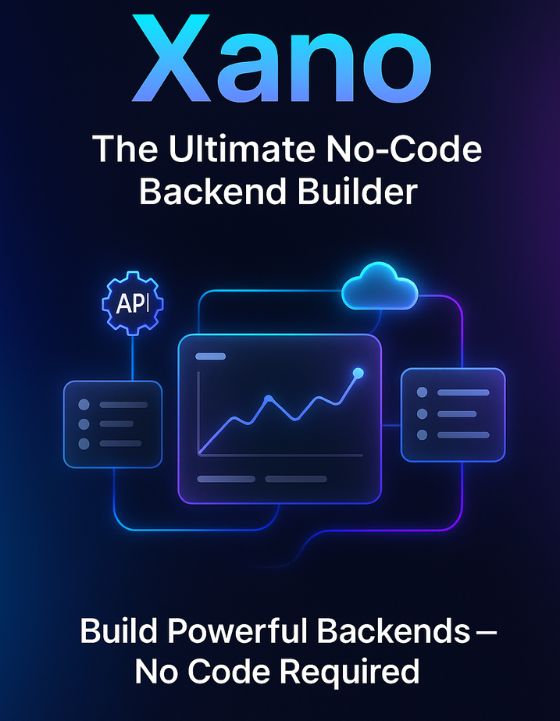
.png)
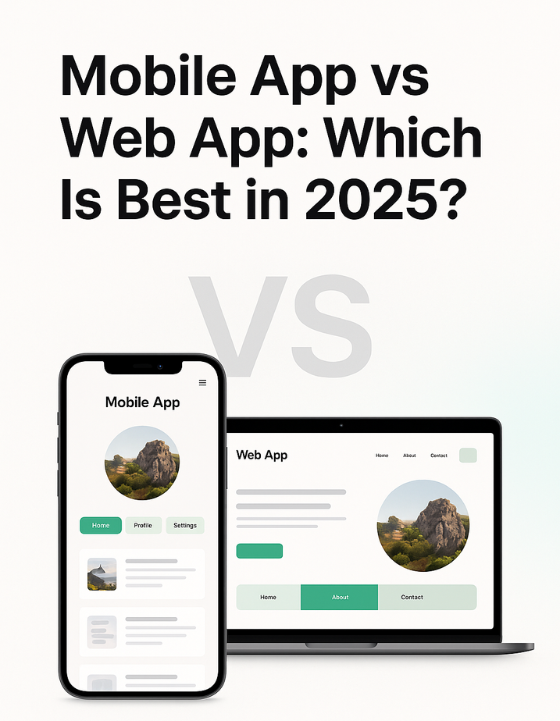
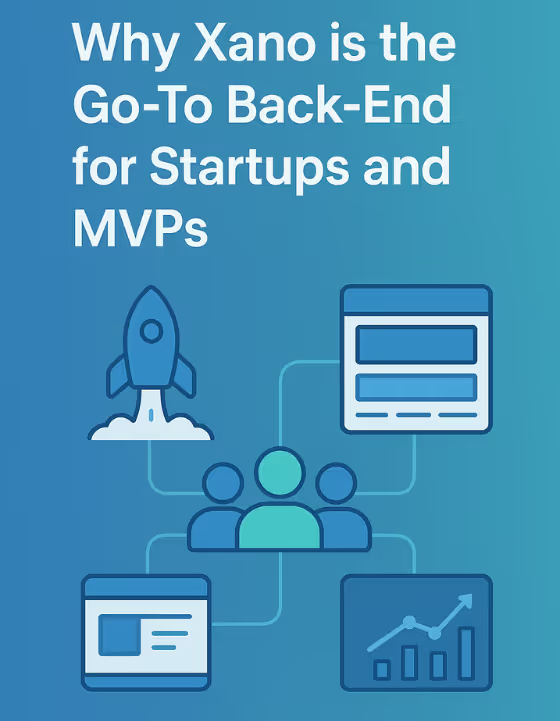



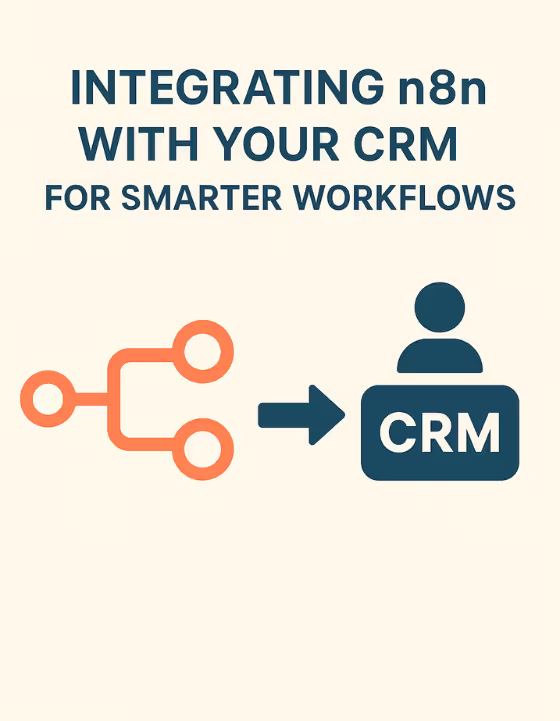
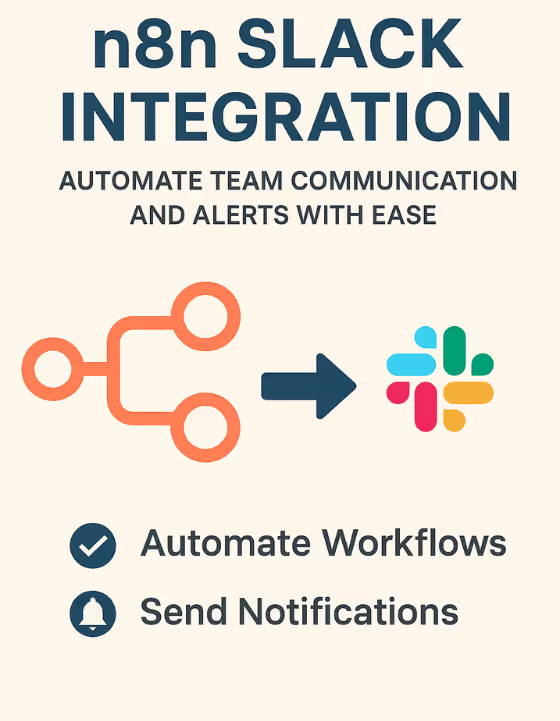














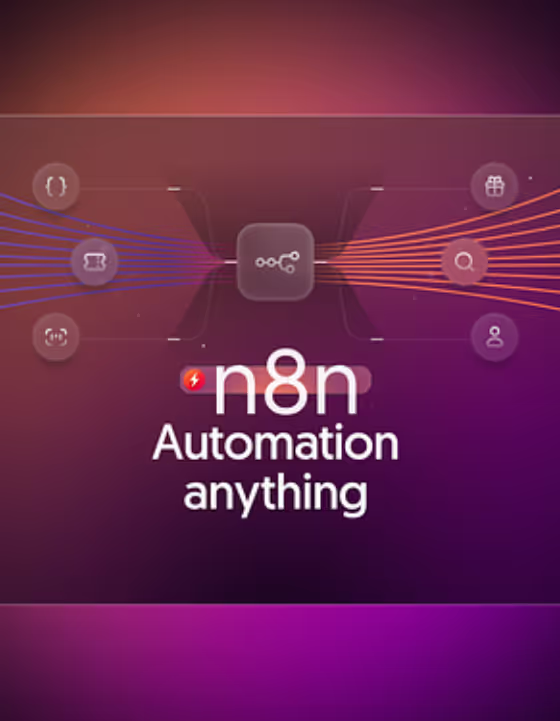


.avif)























.avif)














.avif)

.webp)





